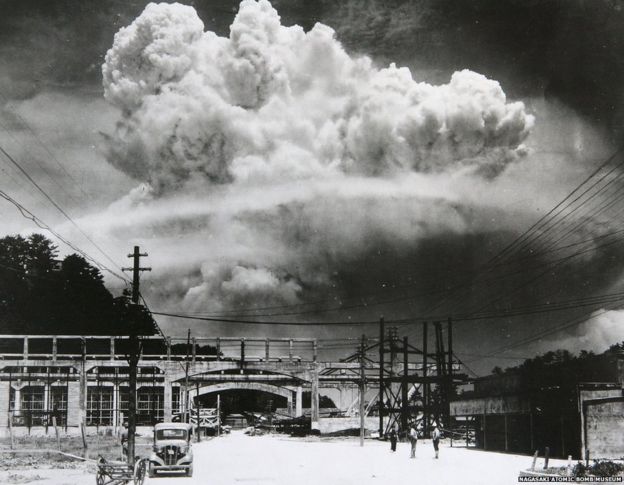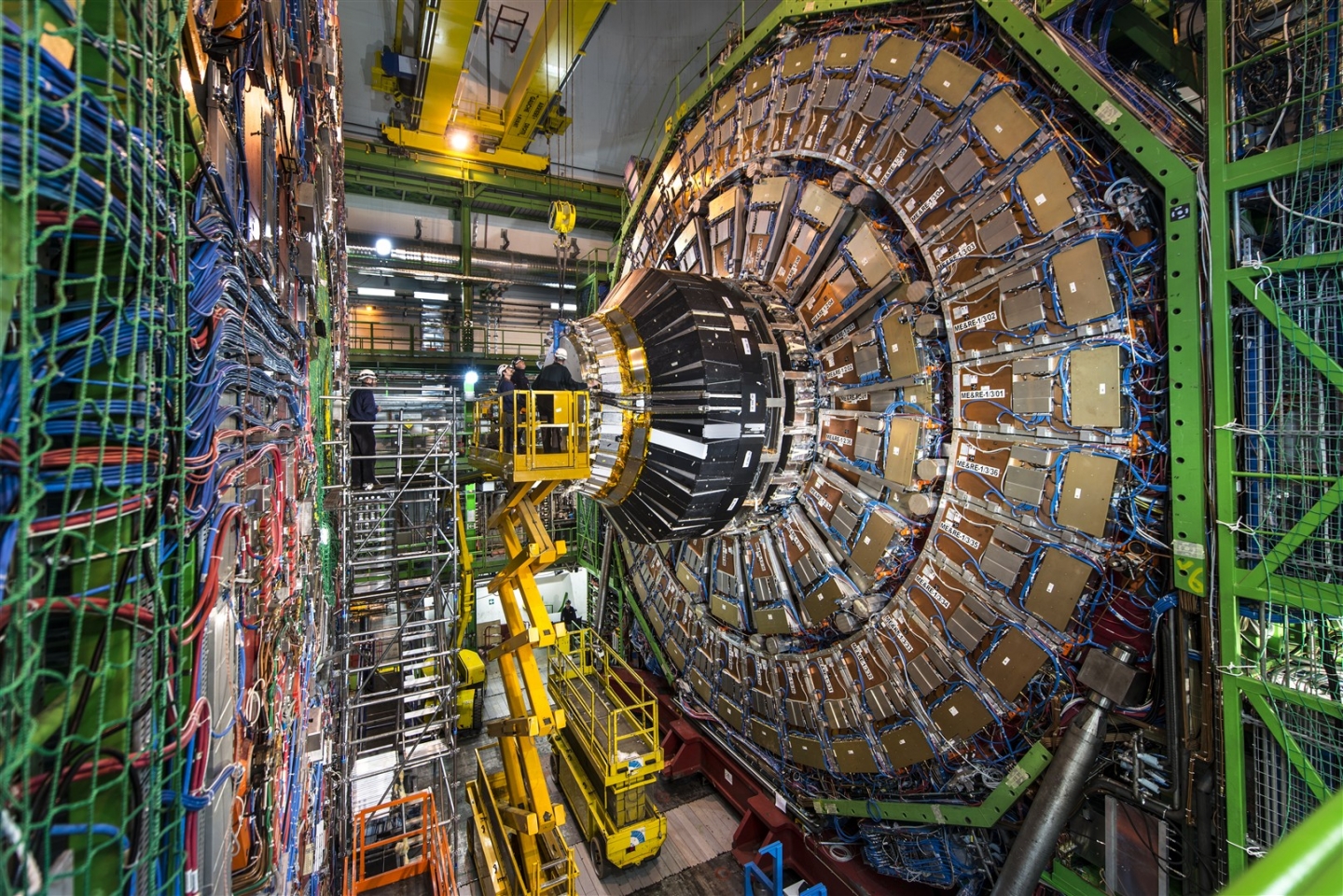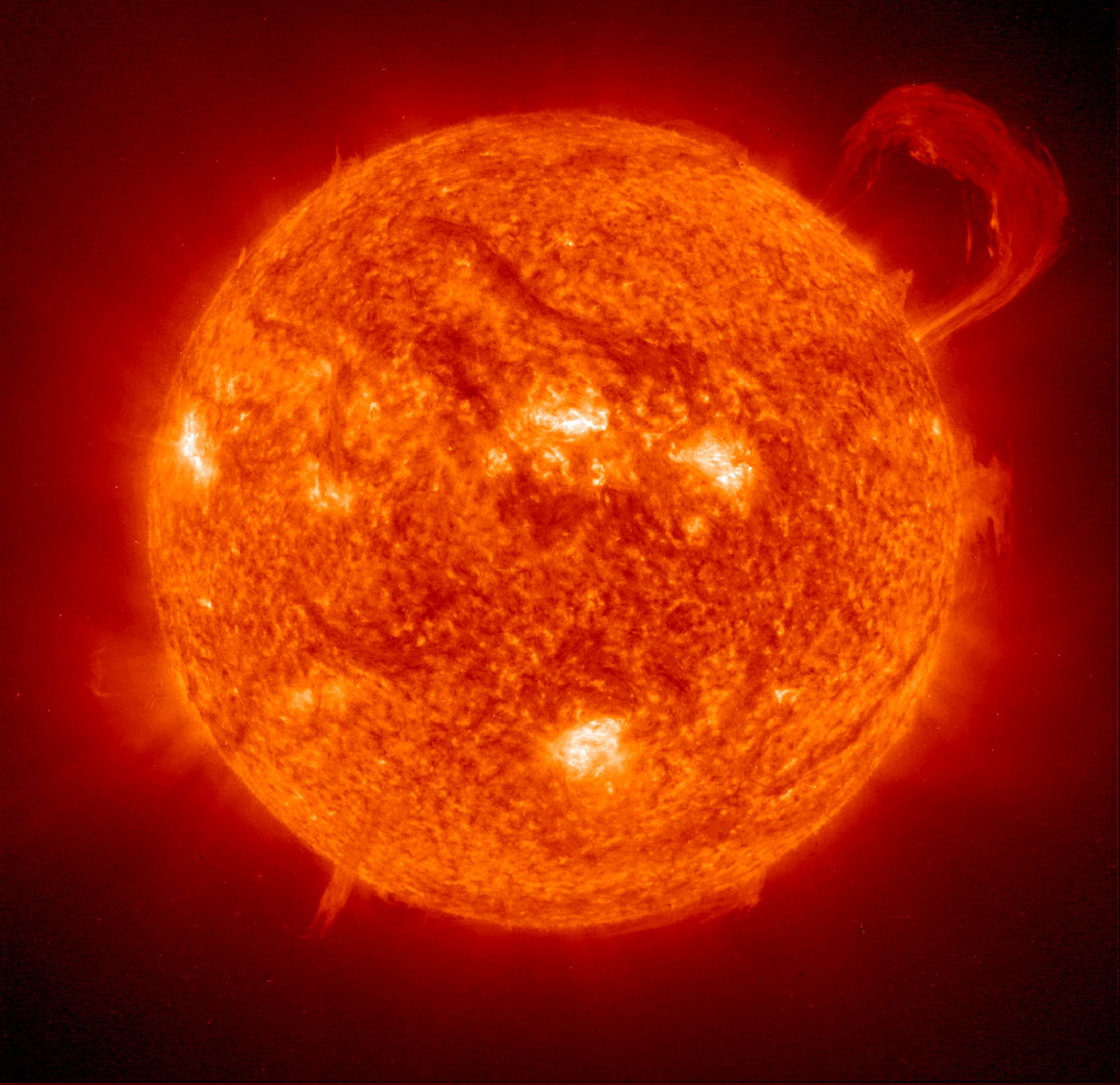Mapping the Universe on the scale of Energy
"The universe has a much greater imagination than we do, which is why the real story of the universe is far more interesting than any of the fairy tales we have invented to describe it."-Lawrence Krauss
Energy is a topic central to many problems in physics as most of the times when you see a physicist solving an equation, it has to do with finding energy of the system. But why does it gets so much of attention? As you can see, we have something called as "Energy Conservation law" which says that Energy can neither be created nor be destroyed. It is a universal law everywhere true in the observable universe. Many other phenomena directly or indirectly relate to this conservation law. In this post we are going to explore the energy scale of the universe; i.e. we are going to see how some of the phenomena/events in the universe can be mapped on the graph of energy.
Let's begin with a good morning breakfast of a boiled egg, which happens to be the most popular choice for breakfast worldwide. Easy to be done with, all you need to do is take an uncooked egg out of your refrigerator (that is when the egg is typically at a temperature of \(4 ^0C\)) and put it in the boiling water (typically at \(100 ^0C\)). It takes approximately 13 minutes to boil then. If the temperature at which an egg boils is \(70 ^0C\), mass of a medium sized egg is 0.0496 kg and the specific heat of egg is \(3.18 \frac{kJ}{kg^0C}\) then the energy required to boil an egg is given by:
\(Q=mc\Delta T\)
(where Q is the heat capacity)
i.e. we need to provide roughly 690kJ (kilo Joule) of energy to boil an egg over a period of 13 minutes. Of course there are a lot of factors on which this number depends like atmospheric pressure, water content, etc. but I hope you get an approximate sense of what it takes to boil an egg. But why are we so obsessed with an egg? Energy is an entity which we are not used to in day to day conversation, you will rarely hear people talk about spending energy (exception is gym of course). So let's not overburden ourselves with lots of equations in this post (I will try) and use some convinient benchmark example for intuition to move further. We are going to adjust our scale to that of boiling an egg.
A bullet:
On an average a mass of bullet is 0.04 kg and it travels with a velocity of 760 m/s. So the energy it can deliver is given by the equation:
\(E = \frac{1}{2}mv^2\)
This means a bullet delivers an energy of 11.55kJ in a second. Translating this to our egg-scale, you can boil 13 eggs with this energy. To get the feel of this, imagine keeping your finger dipped in the water when the egg is boiling for 13 minutes, 13 times!
An airplane crash:
A Boeing 747 weighs around 447,700 kg with a cruising speed of 293.162 m/s. If we assume it crashes with its maximum cruising speed, it means you can literally boil 27,882 eggs with this generated energy in one second!
(PS: No humans were harmed in this thought experiment)
Nagasaki Nuclear Explosion:
On 9th of August 1945 the second nuclear bomb was detonated over the city of Nagasaki, Japan. The energy released during that explosion was as high as 84,000,000,000 kJ or 84 TJ (Terra Joule).
 |
| Nagasaki Nuclear Explosion Source: https://www.bbc.com/news/in-pictures-33769566 |
So if we would have strategically placed lots of eggs so as to boil them, we would have needed as many as 121,739,130 eggs. With these many eggs we can today serve almost the entire population of Japan (Population of Japan: 126,476,461).
If you think this is a huge number then let me tell you we have barely scratched the surface.
Meteorides:
On 15th February 2013, the Russian Ural mountanious region experienced a meteor strike which shattered the glass of more than 3,600 apartment blocks in the near by city of Chelyabinsk. The meteor, which was only 20 meters wide, was exploded in mid air over the city generating an energy of \(2.092\) x \(10^{15}\) Joules. This energy could have been channeled to boil 3 million eggs in one second!
Our interstellar space is filled with such devastating things. Let's hope we don't fall prey to them like the dinosaurs did.
Nuclear reaction:
A nuclear reaction happens when the nuclear core of an atom becomes unstable. Usually this happens when the number of neutrons exceed beyond stability. In such an environment, the nucleus breaks down by emitting a huge amount of energy. In a common nuclear reaction of Uranium fission in a nuclear reactor, we take a Uranium-235 isotope and bombard it with a nucleus to form a U-236 isotope. U-236 is highly unstable and it further breaks into two daughter nucleus Kr-89 and Ba-144 with 3 neutrons. Following diagram explains the process in details:
 |
| A Nuclear fission process of U-235. |
The energy released during this process is called as the Nuclear Energy and is given by the following equation:
\(E = mc^2\)
where m is the mass defect between reactants and product and c is the velocity of light. This process generates \(2.8359 \) x \(10^{-11} \) Joules (i.e. 0.000000000028359 J) or 177 MeV. Now this number may not excite you because it is too small, but the thing is in these huge nuclear plants we don't work with just one atom rather we work with a huge number of these. To get the intuition for this, let's say you take 2350 grams of Uranium-235 isotope and allow it to fully undergo the fission, the energy released by it would then be \(1.707\) x \(10^{14}\) Joules. This will be equivalent of boiling 247,504,200 eggs in just one second! And these nuclear power plants are stocked with tonnes of nuclear fuel, so feel free to try your math multiplying this number with 1000 or even more. In that case the number easily exceeds the total population of our planet.
Large Hadron Collider (LHC):
The Large Hadron Collider is the largest particle collider in the world. This facility which is situated at CERN in Geneva, uses large amount of energy to accelerate the small fundamental particles in the form of a beam and make them collide to understand the physics of high energy and fundamental forces.
 |
| The Large Hadron Collider Source: https://home.cern/news/news/accelerators/lhc-rocks-seesaw-model |
On 20th May, 2015 the LHC achieved a record breaking colliding energy of 13 TeV which is roughly \(2.082\) x \(10^{-6}\) Joules. Again, this number may not seem big enough, however such an energy was derived from a collision of tiny fundamental particles like quarks, protons,etc. An egg contains billions of such tiny particles which means if we were to apply this energy on a macroscopic scale, we could boil approximately 89,400,000,000,000 eggs in a second!
I wonder what will happen if we can collide eggs in this machine.
Sun:
 |
| Sun Source: https://spaceplace.nasa.gov/sun-compare/en/ |
Our Sun needs no introduction. It sits millions of kilometers away from us yet never misses a chance to roast our skins on a hot summer day. Our sun converts 4.26 million tons of mass into energy every second. Again bringing in the Einstein's energy-mass relation \(E=mc^2\) this translates to \(3.83\) x \(10^{26}\) Joules every second or like detonating 4,560,000,000,000 Nagasaki like nuclear explosions every single second!
Supernova:
Now, the sun we just talked about is nothing but a giant thermonuclear reactor working on the principle of nuclear fusion of hydrogen atoms. Nothing in this universe is unlimited and so a time comes when this star runs out of fuel (hydrogen in this case) to carry out fusion. This is the time when the star explodes and results in what we call a Supernova. Not all stars explode though, we will talk about Supernova in some other post and about the special criteria to be fulfiled for a star to undergo supernova-like explosion. The energy given off by a supernova is largely dependent on the type of star but the approximate range varies from 1.5-100 foe (foe is a unit used to describe energies of the order of \(10^{44}\) Joules).
 |
| Artist's representation of what a supernova could look like up close. Source: https://en.wikipedia.org/wiki/List_of_supernovae |
Hold your breathe because this mamoth energy is equivalent of \(1.7857\) x \(10^{30}\) Nagasaki like nuclear explosions or like facing 391,600,000,000,000,000 suns!
Thanks to supernova because that is what keeps the universe going and giving us a reason to use the words like quadrillion, quintrillion, etc.
Gamma ray bursts:
Finally we reach the end of the list by talking about the most destructive power in the entirety of the universe. When a massive star undergoes a supernova-like explosion, it turns into a Neutron star. As the name suggests, the electrons and protons anhiliate each other to form neutrons due to extreme pressure. The density of a single Neutron star is so high that a 10km wide neutron star would weigh as much as our own sun. 5% of the neutron stars are seen to be in a binary system, which mean they orbit each other. As these massive stars orbit, they emit gravitational waves out into the space which further decreases the radius of the two stars and eventually they collide. During this collision a strong and powerful discharge of energy is observed in the form of gamma rays and these are called Gamma Ray Bursts (GMB for short).
| A depiction of Gamma Ray Burst Source: http://www.sci-news.com/physics/mini-gamma-ray-burst-lab-05658.html |
Each GMB is so strong that the beam for each second carries as much energy as our sun will ever produce in its entire lifetime of 10 billion years! GMBs are observed to last for a fraction of a second to 10,000s of seconds. This amounts to \(10^{44}\) Joules of energy every second, however some recent study now reveals that we have always underestimated the true energy output of GMBs.
Oh! almost forgot about the eggs. That would be \(10^{38}\) boiling eggs, provided they don't get vapourized.
In the conclusion, energy is the central currency of the universe. Of course I missed a plethora of things or events but I think this post is sufficient enough for everyone to admire our nature. I would also like the reader to acknowledge the fact that we, as a human being, doesn't matter how much we have evolved or will evolve in the future, will always be just a tiny piece of an art created by one of the greatest artist ever, that is the universe.
Comments
Post a Comment